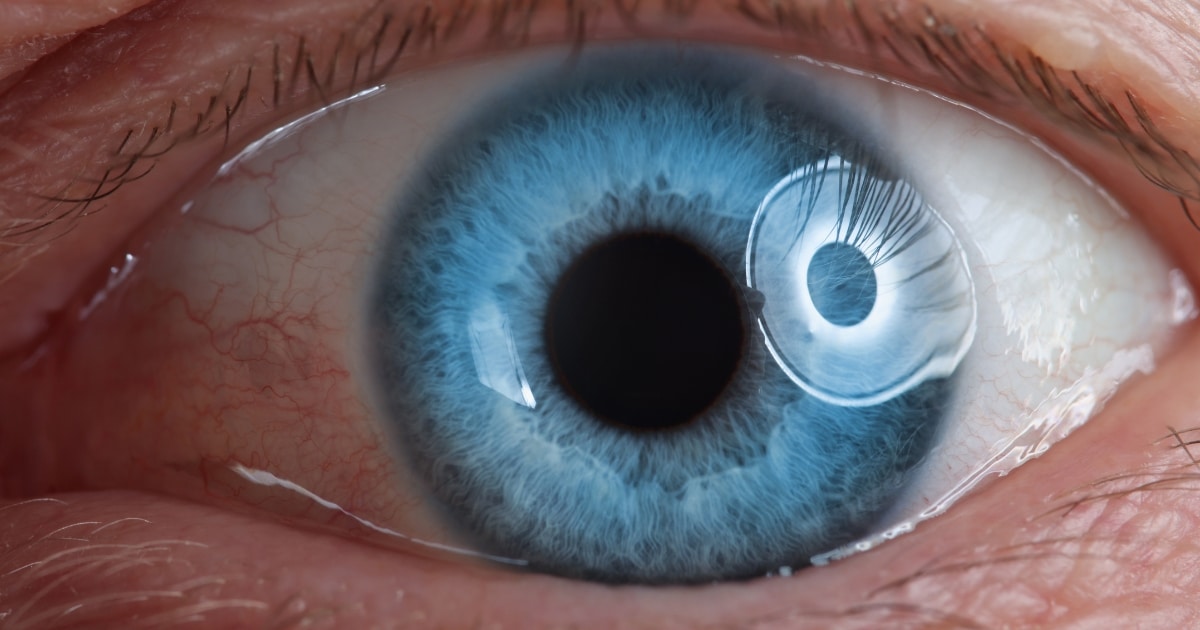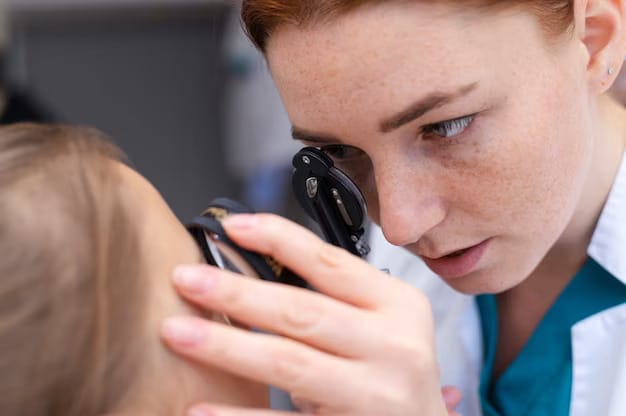Browse Eyewear

When retinal detachment takes place, it can cause severe vision loss. In some cases, retinal detachments are partial, meaning they have not yet spread to the entire retinal surface. This type of retinal detachment is more treatable than a full retinal detachment and one potential treatment option is laser surgery.
What Is a Partial Retinal Detachment?
A partial retinal detachment occurs when the retina has begun to pull away from its normal position at the back of the eye but hasn’t yet caused a complete separation. It often begins in just one area of the retina and slowly spreads outward. Signs that you might be experiencing a partial retinal detachment include flashes of light or floaters, a decrease in peripheral vision, and a “curtain” effect when looking at objects.
Do Partial Retinal Detachments Require Laser Surgery?
In some cases, laser retinal photocoagulation can be used to treat a partial retinal detachment. This type of retinal surgery uses short pulses of laser energy to help seal the retinal tears that are causing the retinal detachment. With this treatment, the laser helps reattach the retina as it seals off any fluid that is passing through the retinal tear and creating further separation.
The success rate for this type of retinal surgery is typically high and depends on how close together the retinal tears are and how quickly they can be sealed off. The retinal detachment may also need to be monitored closely after the laser surgery, as retinal detachments have a tendency to recur.
What Are Other Treatment Options for Partial Retinal Detachments?
In some cases, retinal detachments can be treated without needing any type of retinal surgery, including laser retinal photocoagulation. In these cases, doctors may opt for a scleral buckle procedure or pneumatic retinopexy instead.
Scleral buckles involve placing a silicon band around the eye in order to snugly fit against the wall of the eye near where the retinal tear has occurred. This is often used in conjunction with retinal cryopexy, which is a freezing procedure that helps to seal retinal holes and detachments.
Pneumatic retinopexy involves injecting a gas bubble into the eye that helps push the detached retina against the wall of the eye. In some cases, this treatment may need to be combined with scleral buckling or retinal cryopexy for best results.
The Bottom Line
Partial retinal detachments require medical attention as soon as possible to help prevent further vision loss. Depending on your individual condition and the size and location of your retinal tear, laser retinal photocoagulation may be an effective treatment option for your partial retinal detachment. Additionally, there are other retinal treatments, such as scleral buckling and pneumatic retinopexy, that may help to reattach the retina without needing any type of retinal surgery.
A partial retinal detachment occurs when the retinal tear has not yet caused a complete separation and often begins in just one area of the retina. Signs include flashes of light or floaters, a decrease in peripheral vision, and a “curtain” effect when looking at objects.
In some cases, laser retinal photocoagulation can be used to treat a partial retinal detachment. This type of retinal surgery uses short pulses of laser energy to help seal the retinal tears that are causing the retinal detachment.
In some cases, retinal detachments can be treated without needing any type of retinal surgery, including laser retinal photocoagulation. In these cases, doctors may opt for a scleral buckle procedure or pneumatic retinopexy instead.
The success rate for this type of retinal surgery is typically high and depends on how close together the retinal tears are and how quickly they can be sealed off. The retinal detachment may also need to be monitored closely after the laser surgery, as retinal detachments have a tendency to recur.



